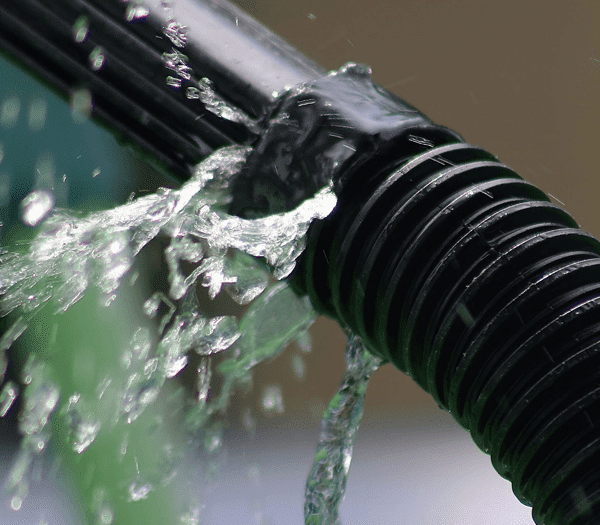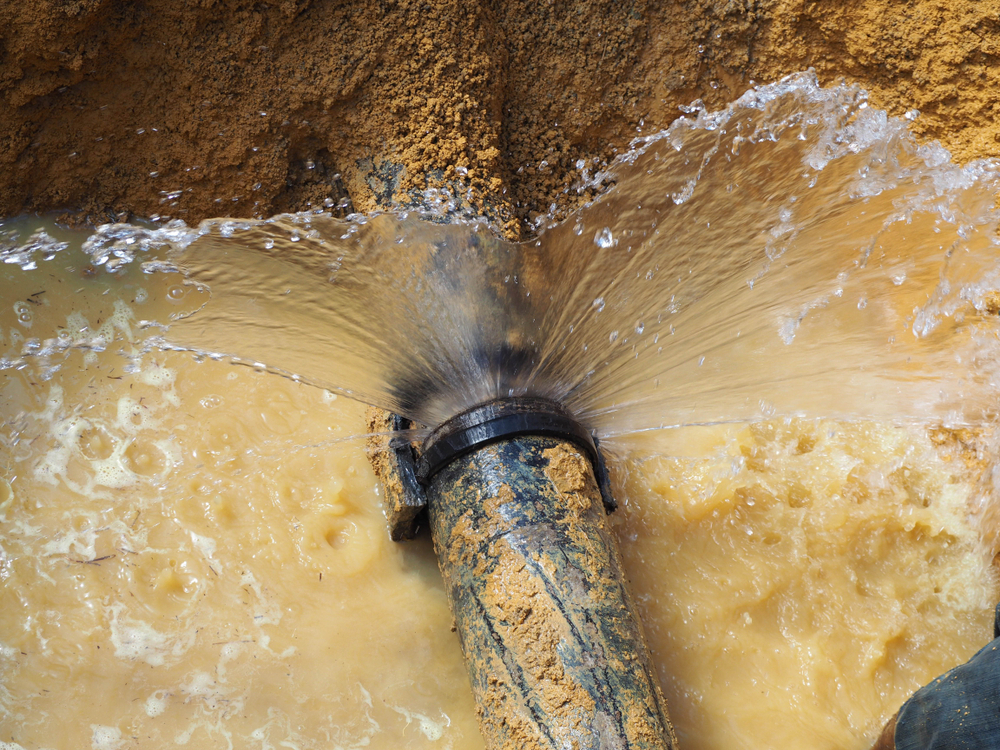Spotting a Burst Pipe and Swiftly Executing Corrective Action
Spotting a Burst Pipe and Swiftly Executing Corrective Action
Blog Article
They are making a few great points on the subject of How to Prepare for Your Dishwasher Installation in general in this great article directly below.

A burst pipe is a major emergency; you can only stand as you watch water you pay dearly to reunite with the planet. In even worse instances, you see a swimming pool on your kitchen area flooring, which is a terrific trip hazard, specifically if you have kids around. If the pipeline that burst remained in your wall surfaces, bad news: you may require to repaint that whole area.
How can a tragedy like a burst pipeline be stopped and also handled? Well, by paying attention to your professional emergency plumbing technicians as well as adhering to these rules.
How do I understand when my pipelines have ruptured?
Fluctuating water pressures
Pipes do not simply burst in a day. You might have seen that your kitchen faucet or shower does not run right away when you transform the tap. It might stop for a few secs and afterwards blast you with even more pressure than common.
In other circumstances, the water might appear regular in the beginning, after that decrease in stress after a few secs.
Damp walls and water spots
Prior to a pipeline bursts, it will leak, most times. If this consistent dripping goes unnoticed, the leakage might graduate into a vast gouge in your pipeline. One simple way to prevent this emergency is to watch out for damp wall surfaces ad water spots. These water spots will lead you right to the leakage.
Puddles under pipes and sinks
When a pipeline bursts, the discharge forms a pool. It may show up that the puddle is expanding in size, and also regardless of how many times you mop the pool, in a few minutes, there's an additional one waiting to be cleaned up. Frequently, you might not have the ability to trace the puddle to any visible pipes. This is an indication to call a specialist plumber.
Untraceable trickling sounds
Pipeline ruptureds can take place in one of the most undesirable areas, like within concrete, inside wall surfaces, or under sinks. When your house goes quiet, you may have the ability to hear an annoyingly relentless leaking noise. Also after you've examined your shower head and cooking area tap, the trickling may proceed.
Dear visitor, the trickling may be originating from a pipe inside your wall surfaces. There isn't much you can do concerning that, other than tell a professional plumber.
Shut down the Water
When water ices up, it increases in volume by concerning 9 percent. And it expands with tremendous pressure: The stress inside pipelines may go from 40 pounds per square inch to 40,000 psi! No pipeline can hold that much pressure, so it breaks open. The break may occur where the ice types, but more often, it occurs where water stress discovers a weak spot in the pipe. That might be inches and even feet from the frozen area. Find the water shutoff valve and also turn off the water to avoid even more damage. You could also need to shut off the electricity also, depending upon where the leakages takes place as well as how large it is.
Contaminated water
Many people assume a ruptured pipeline is a one-way outlet. Quite the contrary. As water drains of the hole or tear in your plumbing system, pollutants discover their method.
Your water may be contaminated from the resource, so if you can, check if your water tank has any kind of issues. Nonetheless, if your drinking water is provided and also purified by the city government, you ought to call your plumber promptly if you see or smell anything amusing in your water.
What do I do when I spot a ruptured pipeline?
Your water meter will certainly remain to run also while your water wastes. To minimize your losses, discover the major controls and also transform the supply off. The water mains are an above-ground framework at the edge of your home.
How to Fix & Detect a Leaking Pipe
How Do I Know if a Pipe is Leaking?
Leak detection tests can help you determine if your pipe has a leak. Even if you don’t see an apparent leak, you should still conduct leak detection tests regularly to save water and money—and prevent major damage to your home.
Water meter. It can be helpful to figure out what your usual water meter usage numbers are and then monitor them regularly. To monitor your meter, first, turn off all water faucets in your home. Check the meter and write down the numbers. In a few hours, check the meter again. If the numbers have changed, you have a leak. Water gauge. Use a water gauge to test your water pressure. Your showerhead should produce a certain amount of water pressure based on its model and design. If the pressure is lower than it is supposed to be for that specific showerhead, your home likely has a leak. Puddles. Look inside your bathroom, laundry, and kitchen sink cabinets. Puddles around the cabinets or around toilets, tubs, showers, and washing machines indicate the presence of a leaking pipe. You may also notice loose tiles, peeling or flaking paint, or mold caused by water accumulation. Napkin test. Even if you don’t see any puddles, you may still have a leak. You can test for water leaks in the bathroom, laundry, and kitchen by wiping below-sink connections with a napkin, paper towel, or piece of toilet paper. If it becomes damp, you probably have a leaking pipe under the sink. Discolored walls. Walls that are discolored—usually with brown or yellow stains—or bulging might mean that they have been impacted by water damage caused by a leaking pipe. Smell. A leaky pipe will create sitting water, and over time, that water may develop a musty smell. If your home smells musty, but you can’t locate the source, it may be due to a leak. Steps for Fixing a Leaking Pipe
A leaky drain can be remedied by tightening the pipe base, replacing the drain seal, caulking the rim, and tightening the pipe nut. Similarly, a leaking toilet pipe can be treated by tightening the packing nut. You may also need to replace the valve. A leaky faucet may just need tightening or replacement of the washers. If that doesn’t work, consider replacing your faucet. If your pipe has a hole in it, you may want to use a pipe leak sealer or pipe leak tape. This quick fix for water pipe leaks can also temporarily fix a copper pipe leak. https://www.ahs.com/home-matters/quick-tips/how-to-tell-if-pipes-are-leaking/

As a fervent person who reads on How to Install and Connect a New Dishwasher, I imagined sharing that excerpt was worthwhile. Enjoyed reading our blog entry? Please share it. Help somebody else discover it. Many thanks for your time. Don't hesitate to visit our website back soon.
Plumbing emergencies? Our experts await. Report this page